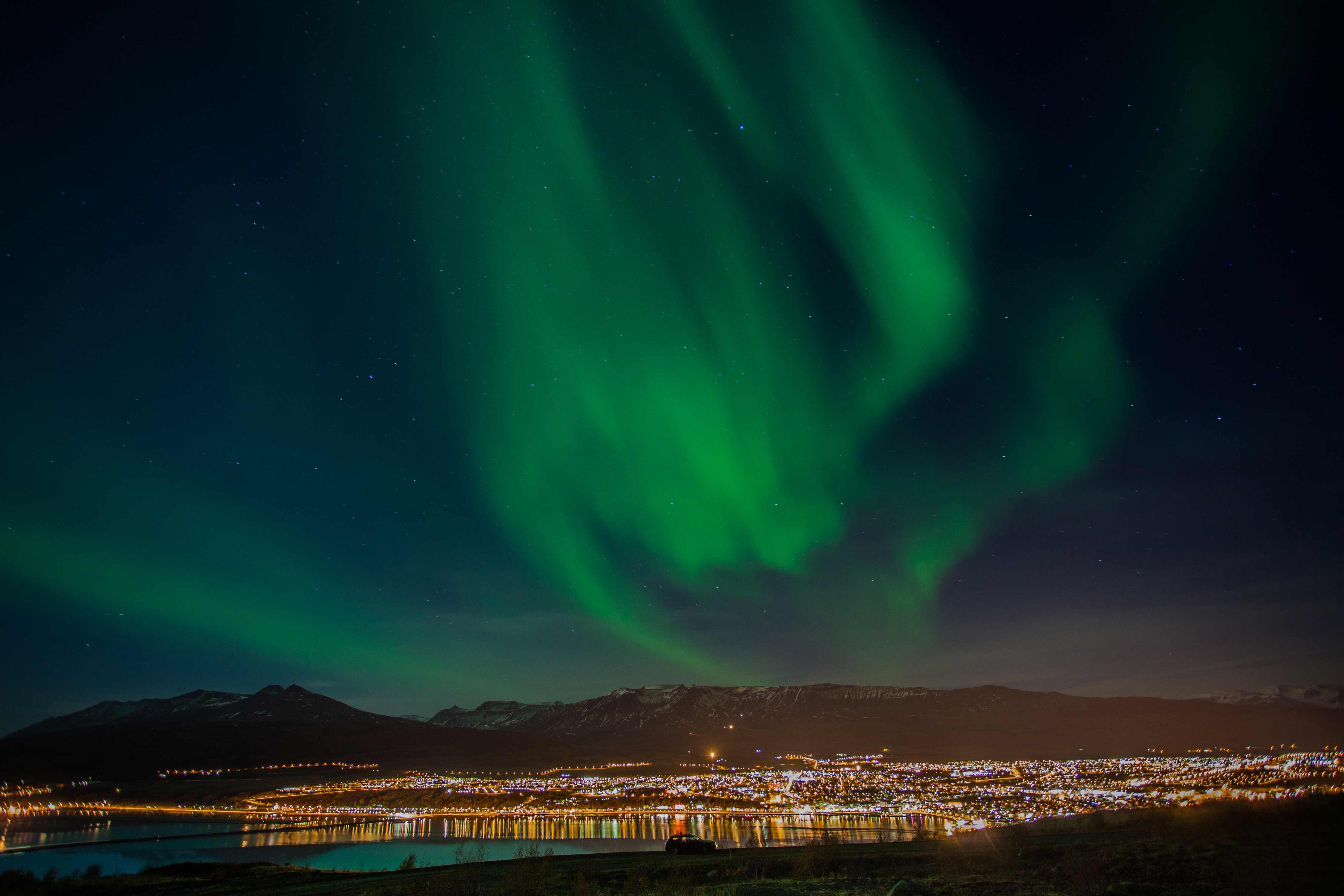In Iceland, stories of earth-spirit encounters are nothing new. If Mary Magdalene were Icelandic, the fact that she could see and hear spirit-Jesus might suggest she had the “gift” of skyggnigáfa, an inborn openness to spirit presences. Unlike the biblical scene in which spirit-Jesus easily staves off Mary’s advances, skyggnigáfa stories often reverse and heighten the exchange, with spirits relentlessly pestering gifted humanity. Earthly pleas, “Do not touch me!” fall on deaf spirit ears.
From 2009 to 2015 I gathered skyggnigáfa accounts in the northern Icelandic town of Akureyri among those whose lives have been particularly curse-gifted with this openness. People described for me how, as young children, they would regularly spot dead relatives, perceive future or faraway events, or enjoy the company of not-so-imaginary friends. These were mostly benign experiences that typically dimmed or disappeared during adolescence, returning with a vengeance in early adulthood. Plagued by unwelcome sights, unnerving premonitions, and overall sensory overload, many feared for their sanity. Longing for escape, some found relief through miðills (mediums) who successfully shut down their spirit access.
Others weren’t so lucky: their openness refused to close, was closed only temporarily or, upon closing, festered into chronic illness. For many of the afflicted, life would settle only upon joining a community of similarly-wired others who practice andleg mál, or “spirit work.” Rooted in practices found in the Old Icelandic sagas, in folklore, and most recently in Iceland’s early-20th-century Spiritualist boom, andleg mál departs from Spiritualism in that it has no established churches or formal creeds. Unlike Spiritualists, andleg mál practitioners in northern Iceland have little interest in proving the existence of life after death; very few are professional mediums. Instead, they hold down a range of day jobs such as teachers and car mechanics, IT workers and nurses, business owners and accountants. The primary focus, especially the further one travels from Reykjavík, Iceland’s metropolitan hub, is on healing.
The reason the spirit-harassed find relief in andleg mál is based on the view, in retrospect, that the spirits mean no harm. Simply bent on finding earthly partners with whom they can set up a healing practice, they prod those they know can sense them. Once the earthbound target relents and agrees to join in, deals are struck and the pestering stops. What once felt like senseless terrorizing now appears to have been altruistic commitment. With spirits cast as both culprit and cure, andleg mál participation becomes a kind of inoculation.
Healing practices in northern Iceland are split between those that treat earthbound ailments and those that address spirit angst. Practitioners who work on physical bodies use their skyggnigáfa to diagnose and, following the lead of their spirit partners, apply their specialties and styles to their practices. Offering healing human touch to their clients, earthly partners see themselves mainly as conduits for the spirits’ divinely infused energies to work through them. The most important task, I often hear, is to get out of the way.
Getting out of the way most dramatically are trance practitioners who, during weekly sessions in darkened rooms, vacate their bodies to allow troubled spirits to take up residence. Depending on the depth of the trance state, they may or may not recall their sessions once they’re over. In this context spirit partners work to ensure things run safely and productively, vetting spirit visitors who wish to engage in cathartic conversations with the still-conscious members of the trance circle. The collective aim of these sessions is to wrench spirits out of deeply held earthbound regrets and self-hatred, releasing them into the light of peace.
The stories andleg mál practitioners tell, ones that often feature overreaching spirits and earthly retreat, inversions of the “Noli me tangere” scene, also diverge from spirit-Jesus’ warning to Mary Magdalene that her touch will keep him from ascending. In trance settings, it’s not only touch that sends spirits on their way, but full-on fleshy habitation. The part of trance that heals, I am told, is not just its weekly therapeutic conversations but the act of touching down itself. Earthly reentry dispels earthly attachments – another paradoxical inoculation, this time for spirits.
When writing or talking about my curse-gifted Icelandic friends who have entrusted me with their spirit-infused accounts of terror, relief, and purpose, worldly-wise people with day jobs who are not so different than me, I feel a responsibility to honor this trust by not exoticizing them. Together we consider why it is that spirit connections seem so strong in Iceland, guessing that it has less to do with a passing on of old traditions than with living on present-day earth, something to do with sparsely populated terrain surrounded by ocean and entrenched in wonders, with capricious volcanoes and thundering waterfalls, deadly avalanches and swirling yellowgreens that light up the long winters. Whether people believe skyggnigáfa to be triggered by the landscape’s special energies or by mindsets molded by daily exposure to its immensities, this openness is not a strange club one decides to join. It just happens, even to the best of us, even when you’d rather it didn’t.
